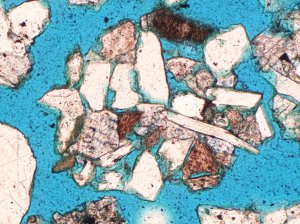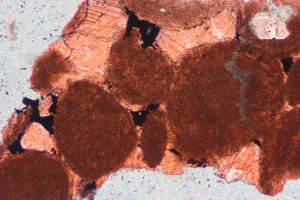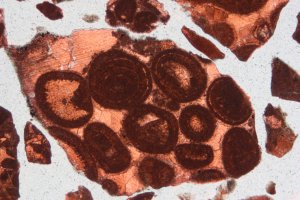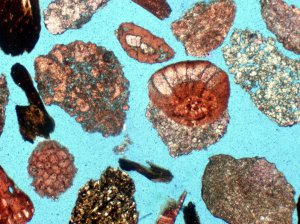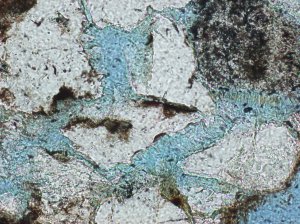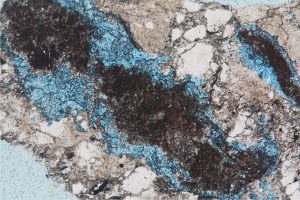Cuttings Petrography
Cuttings Petrography
Ditch cuttings petrography is an essential tool in sedimentology and is frequently used to address exploration and reservoir issues. It can provide extremely valuable information for exploration and reservoir evaluation and characterization, especially when results are intelligently combined with other datasets. Cuttings petrography is used over well sections where there is no core or SWC coverage and the only rock samples available are ditch cuttings. It is equally applicable to sandstone, limestone or shale lithologies.
Petrographic analysis of ditch cuttings allows documentation of:
-
the main lithology types, clay contents, grain textures
-
the main grain components
-
bioclast types and associations
-
facies / microfacies types
-
depositional features (e.g. lamination, bioturbation, carbonaceous debris, etc.)
-
diagenetic features which allow the interpretation of diagenetic history
-
pore types and information on porosity evolution
Optimal results from ditch cuttings petrography requires calibration of the results with conventional core petrography (within the same or adjacent wells) and with wireline logs, petrophysical interpretations and image logs. This requires a degree of skill and experience, particularly in carbonates where each cuttings sample will comprise a mixture of different co-existing microfacies types which need to be resolved and assigned to separate intervals within the well.
The results of ditch cuttings petrography are comparable to routine petrography, but are limited by:
-
The size and quality of the ditch cuttings, which is determined by factors such as the bit type, bit weight, mud weight relative to formation pressure, etc..
-
The nature of the host lithology. Hard cemented lithologies will be better represented in the ditch cuttings, than a friable lithology which will tend to disintegrate during drilling. Friable lithologies are often only represented by cemented patches of the original lithology or by individual grains or robust fossils.
-
The diligence of the mudlogging crew in collecting ditch cuttings samples at regular intervals and allowing for early arrival / cuttings slippage
Although porosity types can be identified, porosity levels are typically grossly underestimated in cuttings samples due to the disintegration of porous lithologies during drilling.
The following photomicrographs illustrate some examples of the resolution achievable with ditch cuttings petrography in the absence of conventional core or SWC samples:
Sandstone ditch cuttings fragment in thin section showing moderate primary porosity preserved by early authigenic chlorite pellicles. Grain types include, quartz, mica and rock fragments. Note the reduction of porosity by ferroan dolomite. Porosity levels within this fragment can be used to validate porosity derived from wireline logs.

